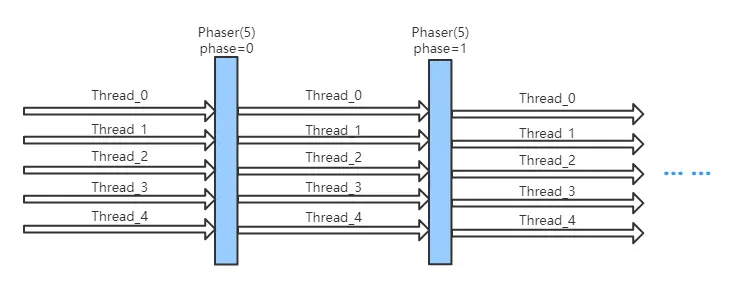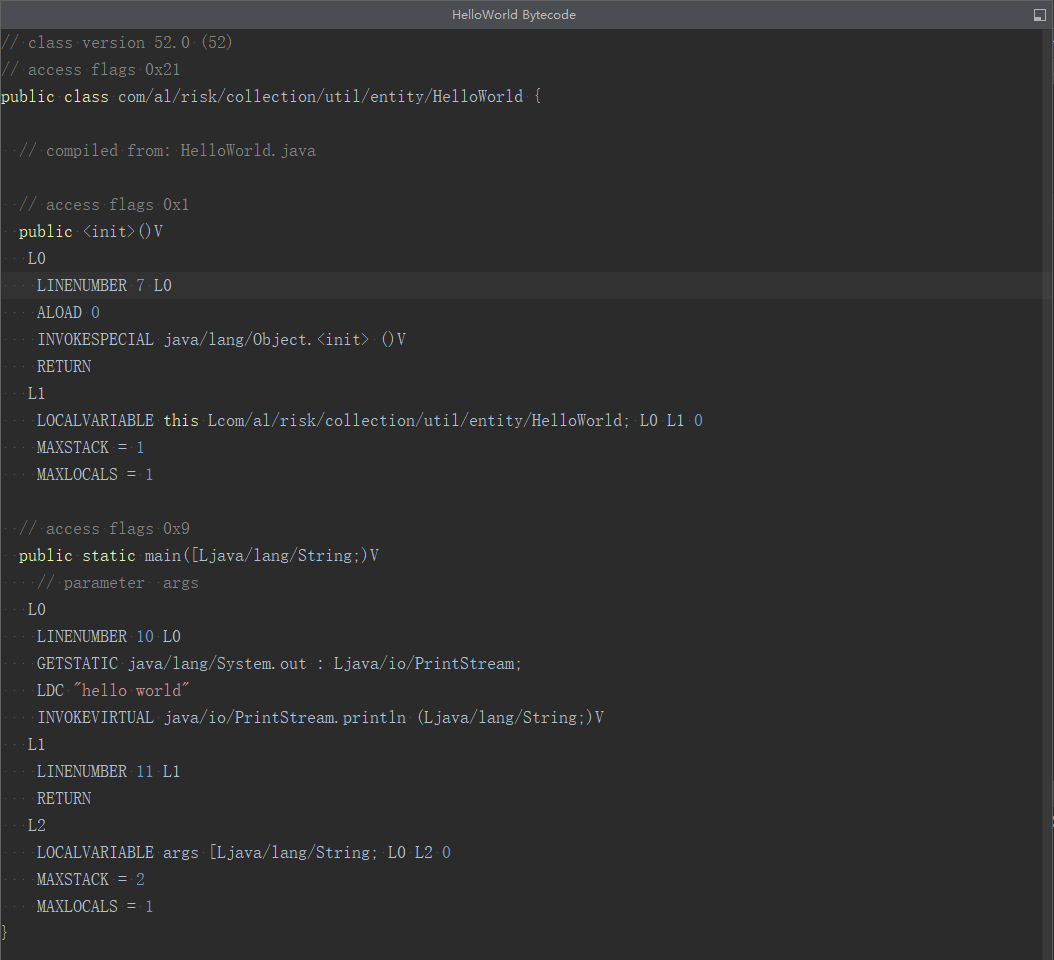我注意到,如果对象属性值稍后更改,则TreeSet不会按照排序顺序保持可变对象.例如,
public class Wrap {
static TreeSet<Student> ts = new TreeSet<Student>(new Comparator<Student>(){
@Override
public int compare(Student o1,Student o2) {
return o1.age - o2.age;
}
});
public static void main(String []args){
Student s = new Student(10);
ts.add(s);
ts.add(new Student(50));
ts.add(new Student(30));
ts.add(new Student(15));
System.out.println(ts);
s.age = 24; //Here I change the age of a student in the TreeSet
System.out.println(ts);
}
}
class Student{
int age;
Student(int age){
this.age = age;
}
@Override
public String toString() {
return "Student [age=" + age + "]";
}
}
输出为:
[Student [age=10],Student [age=15],Student [age=30],Student [age=50]] [Student [age=24],Student [age=50]]
在更改特定学生的年龄,然后打印TreeSet后,该集合似乎不再处于排序顺序.为什么会这样呢?和如何保持排序总是?
解决方法
Why does this happen?
因为该集合不能监视所有对象的更改…如何才能做到这一点?
HashSets出现同样的问题.当HashSet保存对象时,不能更改影响对象散列代码的值.
and how to keep it sorted always?
您通常从集合中删除元素,进行修改,然后重新插入.换句话说,改变
s.age = 24; //Here I change the age of a student in the TreeSet
至
ts.remove(s); s.age = 24; //Here I change the age of a student in the TreeSet ts.add(s);




